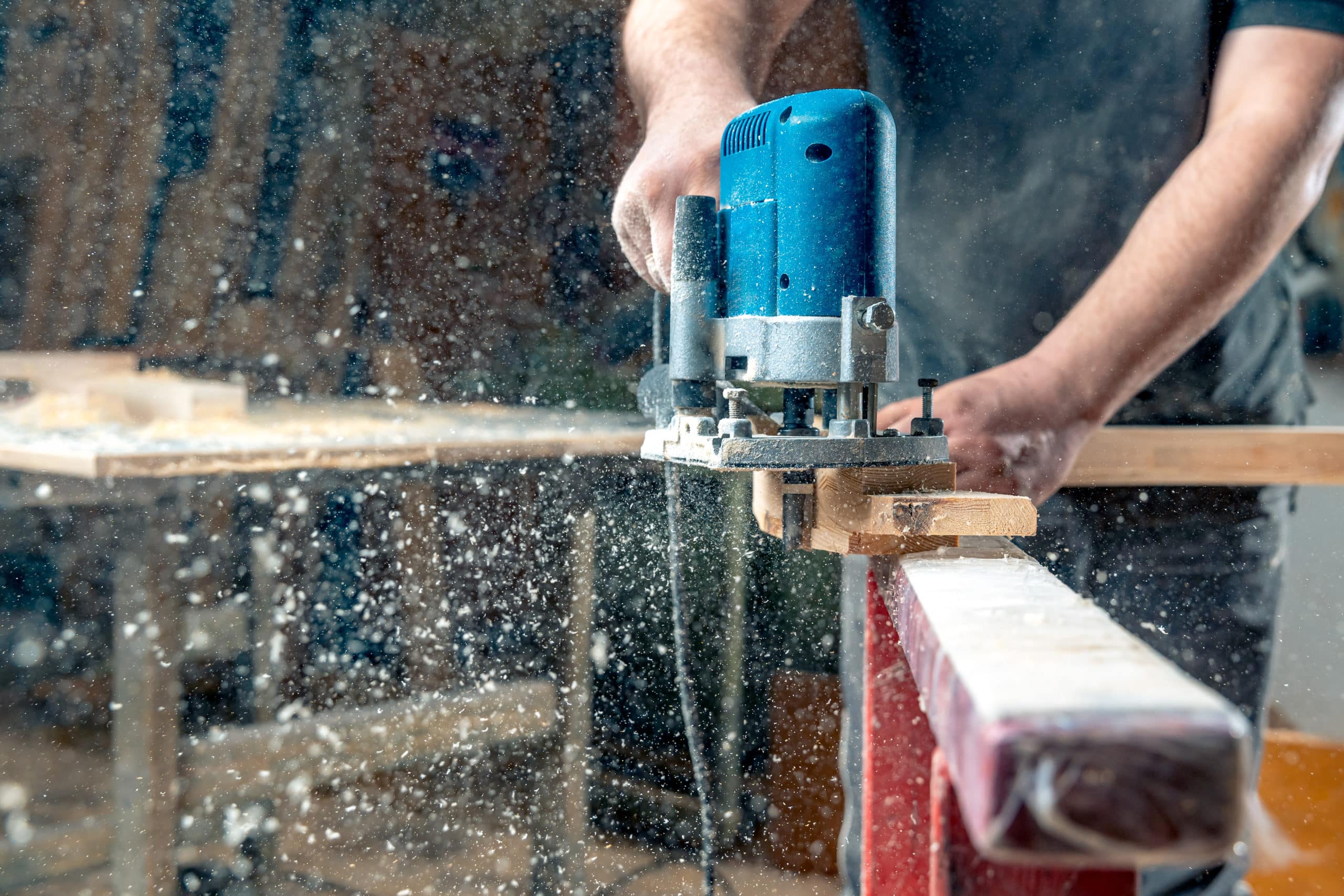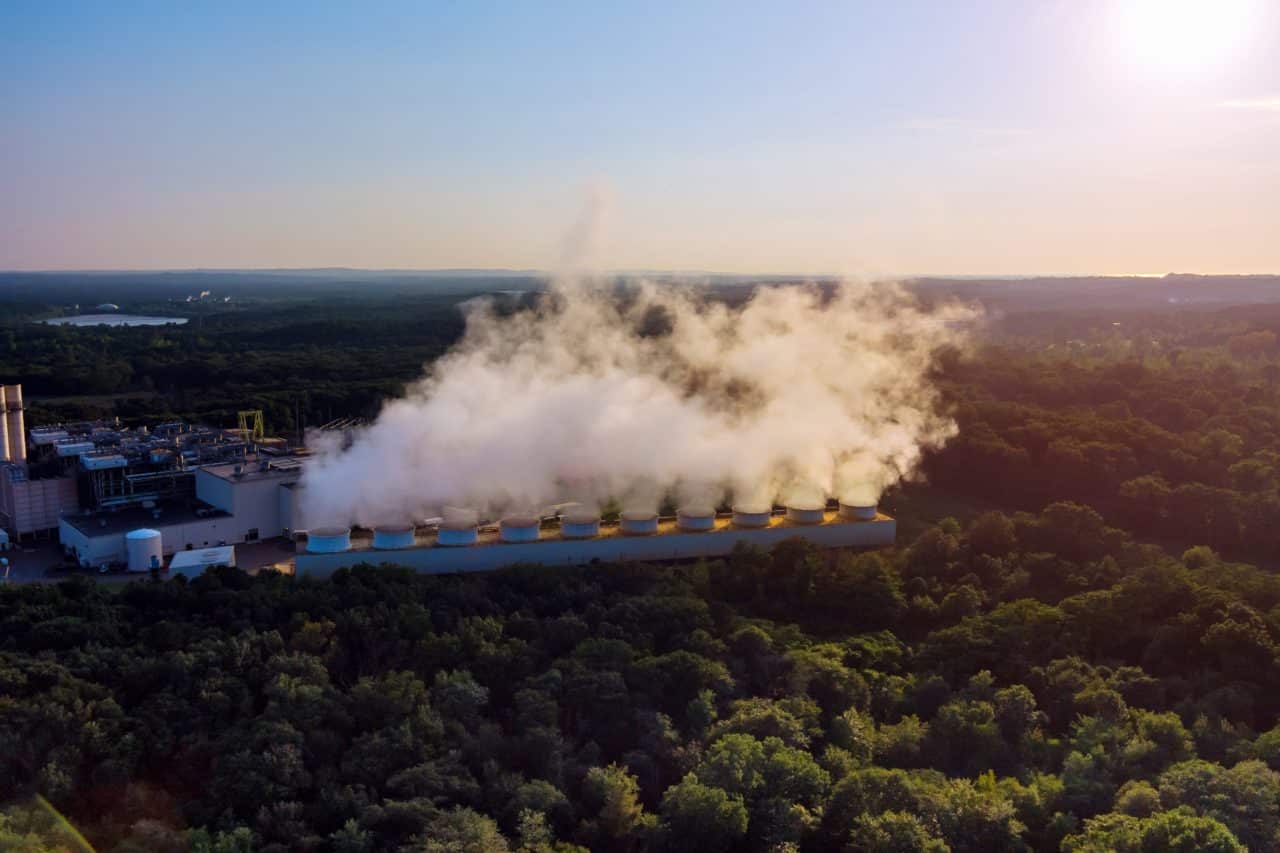
Research released from the World Health Organisation shows that air pollution in the workplace is an issue across the globe.
While pioneering dust monitoring systems are being introduced in more workplaces than ever, it’s important that employees themselves champion clean air and revolutionary technology, and this starts with understanding dust monitoring and why we need it…

Why should you care about real-time dust monitoring monitoring?
Being aware of the risks at work can help bring about much needed change in many industries. Experts are calling for air pollution to become identified as a separate risk factor in the workplace, so more can be done with particle monitoring and reduce the chance of premature illness for workers.
Every employee should be able to work in a place where the health and safety risks are properly controlled by an employer. However, it can be daunting not knowing where to start when attempting to challenge old workplace habits.
It helps for employees to educate themselves on how to implement this in their work environment, whether it be in mining, construction or other heavy process industries. This helps tackle air pollution in the workplace, as well as other hazards you might face.
Reducing the risk of air pollution
Here are some important need-to-know facts and information for employees who want to reduce their risk of being exposed to air pollution and harmful substances in the workplace.
1. Naturally reduce air pollution by making the change to renewable energy
Where possible, encourage employers to switch to renewable sources of energy. This naturally brings down the levels of particulates in the air, making for a cleaner environment and lowering air pollution in the workplace.
2. No environment is too challenging for particulate monitoring
Revolutionary safety technology and real-time dust monitors can reduce risks in even the most polluted work environments. Create safety systems that are unique to your business and the risks from air pollution in the workplace drop significantly. Combined with the right RPE, you’ll be better protected from harmful dusts.
3. Protect outdoor workers against air pollution
Don’t neglect dust monitoring in outdoor areas. Airborne particulates can be found within a 300-metre radius on construction sites which, when inhaled, can damage your lungs and have long-term health implications.
4. Make sure office workers aren’t breathing in polluted air
It’s not just manual labour workers who breathe in particulates and need their workspace monitored. Office workers and other administrative staff who work on or near the site can be breathing in the same harmful air, even from cabins and other portable offices. Dust monitoring systems can help here, too.
5. Assess and control the risks of air pollution in the workplace with a strategy
Even when risks appear minimal, it’s all about control. Implementing strategies means your workforce can be aware of any potential dangers and then act on them accordingly. Outline the processes to follow and RPE/PPE to use for each situation.
6. Know the facts about air pollution in the workplace
Around 12,000 deaths every year in the UK alone (according to HSE) are linked to exposure to damaging substances, such as silica dust, at work. It’s only by addressing these issues that risks can be minimised and air pollution in the workplace mitigated.
What progress has been made around air pollution in the workplace?
The good news is there are now fewer employers that don’t implement strategies in the workplace where there are increased risks, but there is always more that can be done and particulate monitoring is a big step forward in this area.
With so much awareness being raised about the damaging effects of air pollution in the workplace – and in general – companies are wising up to the risks. This means more employees can benefit from a healthier and cleaner work environment, and it’s never too late to learn.
Find out about how Trolex real-time dust monitors, like the Air X Dust Monitor and the XD One Personal Dust Monitor, can help you monitor particulate levels and create a safer working environment. Get in touch with the team using the contact form below to learn more.

